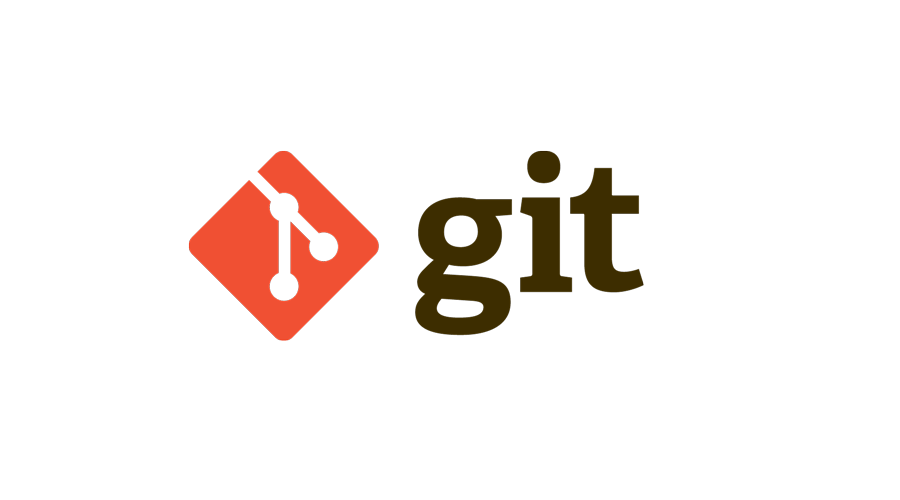What is Git?
Git is software for tracking changes in any set of files, usually used for coordinating work among programmers collaboratively developing source code during software development. Its goals include speed, data integrity, and support for distributed, non-linear workflows.
- Git is a software.
- Git is a command-line tool(GitBash).
- Git is installed locally on the system.
- Git is focused on version control and code sharing.
- Git is a version control system to manage source code history.

What Is GitHub?
GitHub is a web-based Git repository hosting service, which offers all of the distributed revision control and source code management (SCM) functionality of Git as well as adding its own features.
- GitHub is a service.
- GitHub is a graphical user interface.
- GitHub is hosted on the web.
- GitHub is focused on centralized source code hosting.
- GitHub is a hosting service for Git repositories.

GitHub essentials are:
- Repositories
- Branches
- Commits
- Pull Requests
Git (the version control software GitHub is built on)
Repository
A GitHub repository can be used to store a development project.It can contain folders and any type of files (HTML, CSS, JavaScript, Documents, Data, Images).
Branch
A GitHub branch is used to work with different versions of a repository at the same time. By default a repository has a master/main branch (a production branch).
Commits
In GitHub,changes are called commits. Each commit (change) has a description explaining why a change was made.
Pull Requests
Also referred to as a merge request – is an event that takes place in software development when a contributor/developer is ready to begin the process of merging new code changes with the main project repository.
Common Git commands used in various situations:
- start a working area
- work on the current change
- examine the history and state
- grow, mark and tweak your common history
collaborate
start a working area
clone - Clone a repository into a new directory
init - Create an empty Git repository or reinitialize an existing one
work on the current change
add - Add file contents to the index
mv - Move or rename a file, a directory, or a symlink
restore - Restore working tree files
rm - Remove files from the working tree and from the index
examine the history and state
bisect - Use binary search to find the commit that introduced a bug
diff - Show changes between commits, commit and working tree, etc
grep - Print lines matching a pattern
log - Show commit logs
show - Show various types of objects
status - Show the working tree status
grow, mark and tweak your common history
branch - List, create, or delete branches
commit - Record changes to the repository
merge - Join two or more development histories together
rebase - Reapply commits on top of another base tip
reset - Reset current HEAD to the specified state
switch - Switch branches
tag - Create, list, delete or verify a tag object signed with GPG
collaborate
fetch - Download objects and refs from another repository
pull - Fetch from and integrate with another repository or a local branch
push - Update remote refs along with associated objects
Hope you have enjoyed🎉 learning the git commands !💫 Will come with something new next time🚀, till then Keep Learning, Keep Exploring✨

